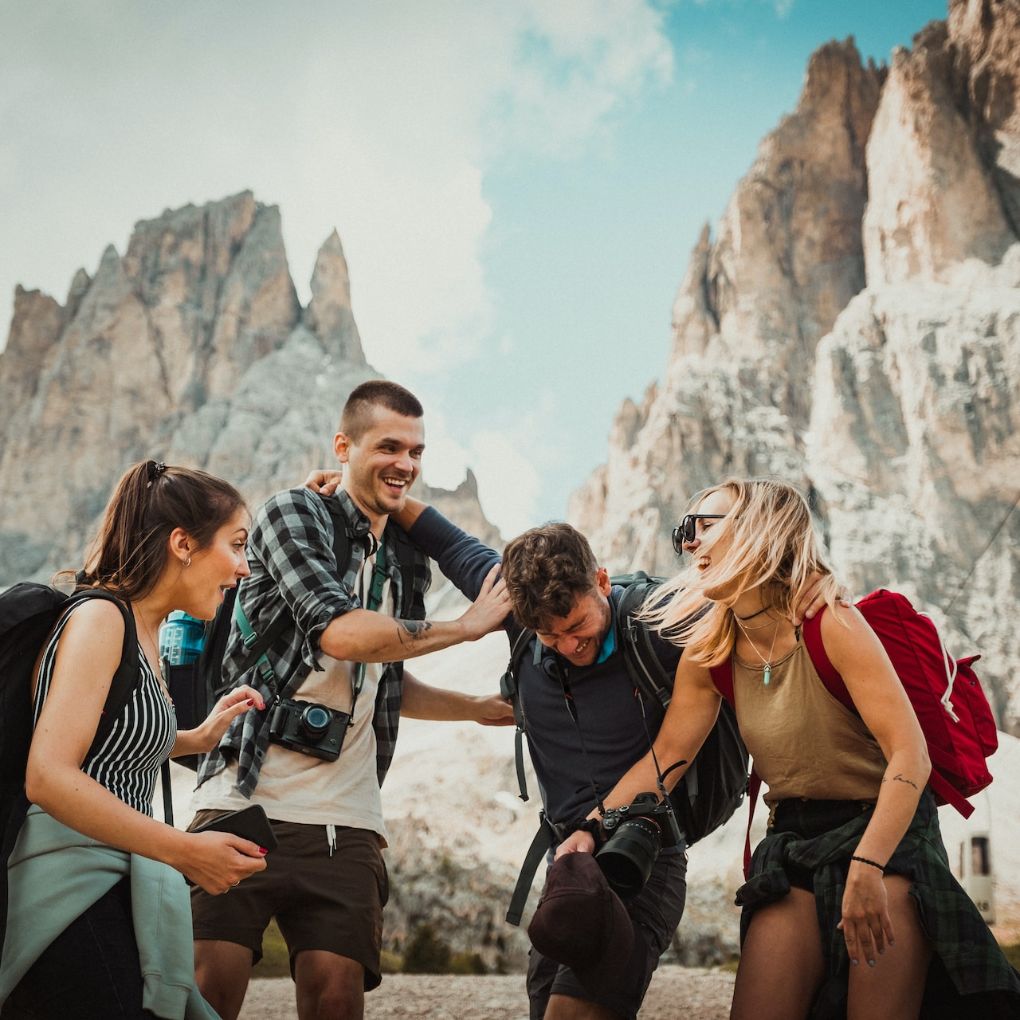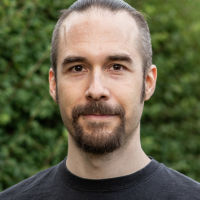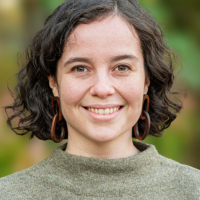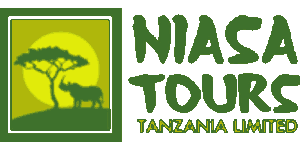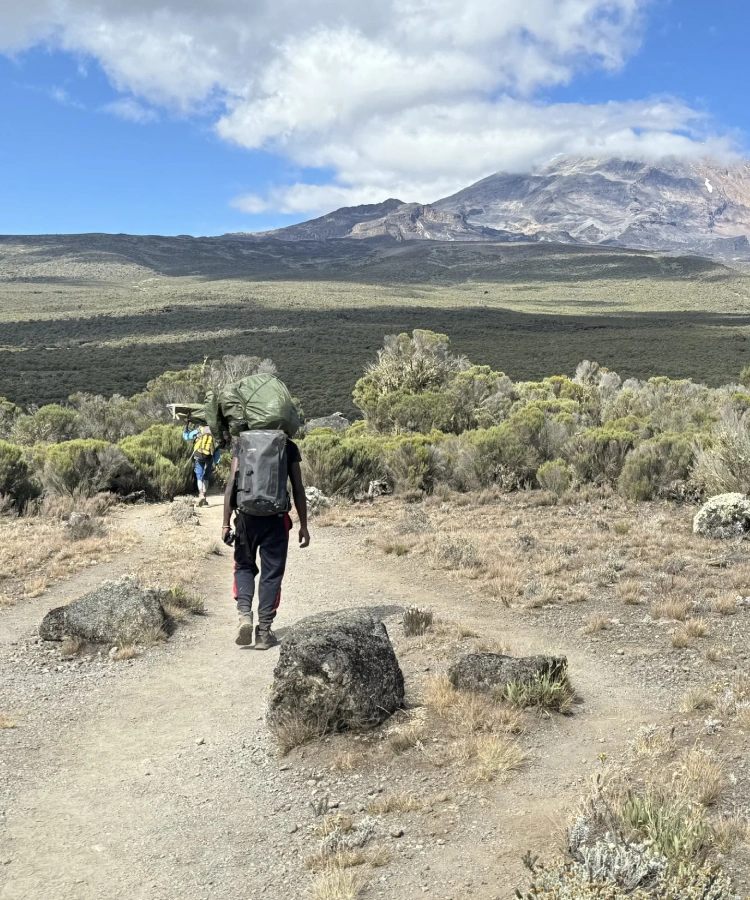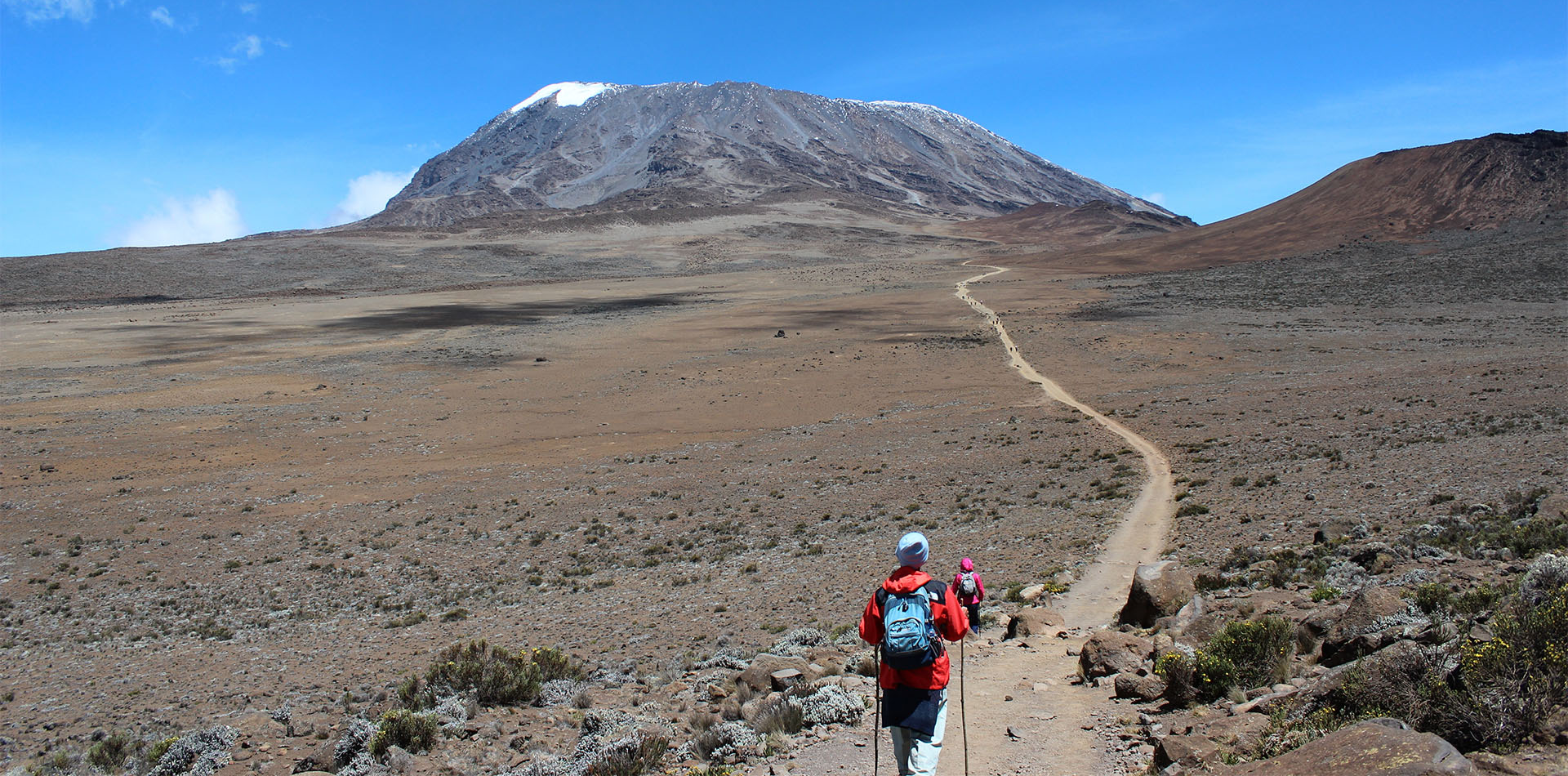
6 Days Marangu Route
About This Safari
The 6-day Marangu Route offers a classic and scenic Climb Mount Kilimanjaro, known for its gradual ascent and comfortable huts along the way. Starting with a rainforest trek from Marangu Gate to Mandara Hut, you’ll gradually adjust to higher altitudes while enjoying breathtaking views. Continue through Horombo Hut, Mawenzi Ridge, and Kibo Hut before reaching the summit, Uhuru Peak.
After summiting, descend to Marangu Gate, completing your memorable journey. This Kilimanjaro Route offers comfort, stunning views, and a rewarding challenge. The Marangu Route offers an unforgettable and approachable Kilimanjaro Climb experience.
Tour Highlights
Coca-Cola Route
Known for its ease and hut stays, the Marangu Route is nicknamed the "Coca-Cola Route"—simple, classic, and popular among Kilimanjaro climbers worldwide.
Mawenzi Views
Marvel at the rugged, dramatic beauty of Mawenzi Peak as it rises sharply beside you—an unforgettable sight and a perfect backdrop during your acclimatization stop.
Hut Accommodation
Experience the comfort of sleeping in mountain huts with cozy bunk beds and shared dining spaces—perfect for staying warm and socializing after a day’s trek.
Gentle Ascent
Enjoy a steady and manageable climb that allows your body to adjust gradually, making this route ideal for first-time trekkers seeking a less strenuous experience.
Tour Details
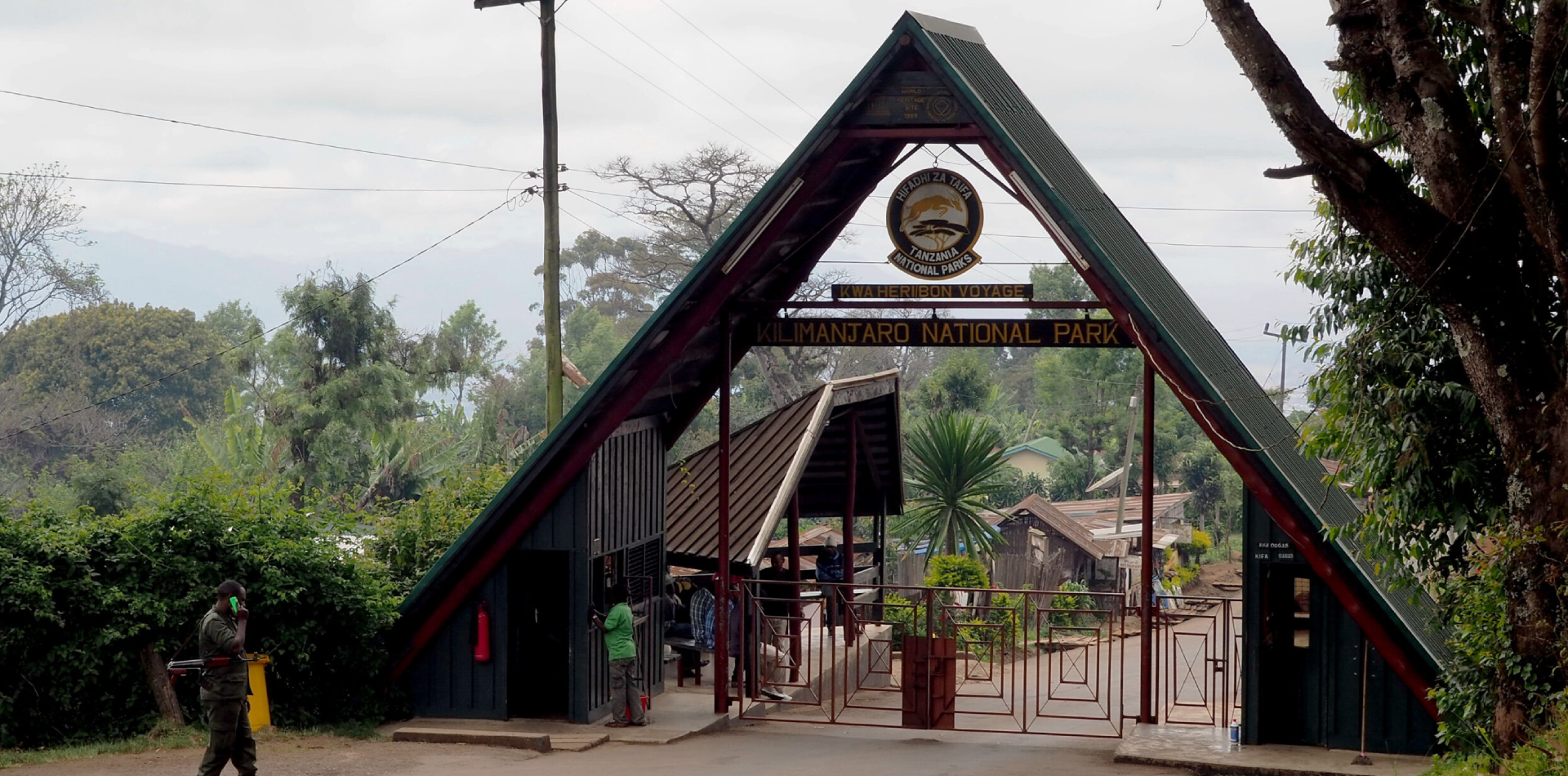
After breakfast and briefing, drive to the Kilimanjaro National Park Gate (about 1 hour), register and commence the climb. Walk through the rainforest to the Mandara encampment. A side trip to Maundi Crater is a good way to see the surroundings including Northern Tanzania and Kenya. In the rainforest, look for towering Eucalyptus trees, bird life, and Colobus monkeys.
— Elevation: 1860m/6100ft to 2700m/8875ft
— Distance: 8km/5mi
— Hiking Time: 3-4 hours
— Habitat: Montane Forest
Meals included: Lunch, Dinner
Budget Accommodations: Mandara Hut
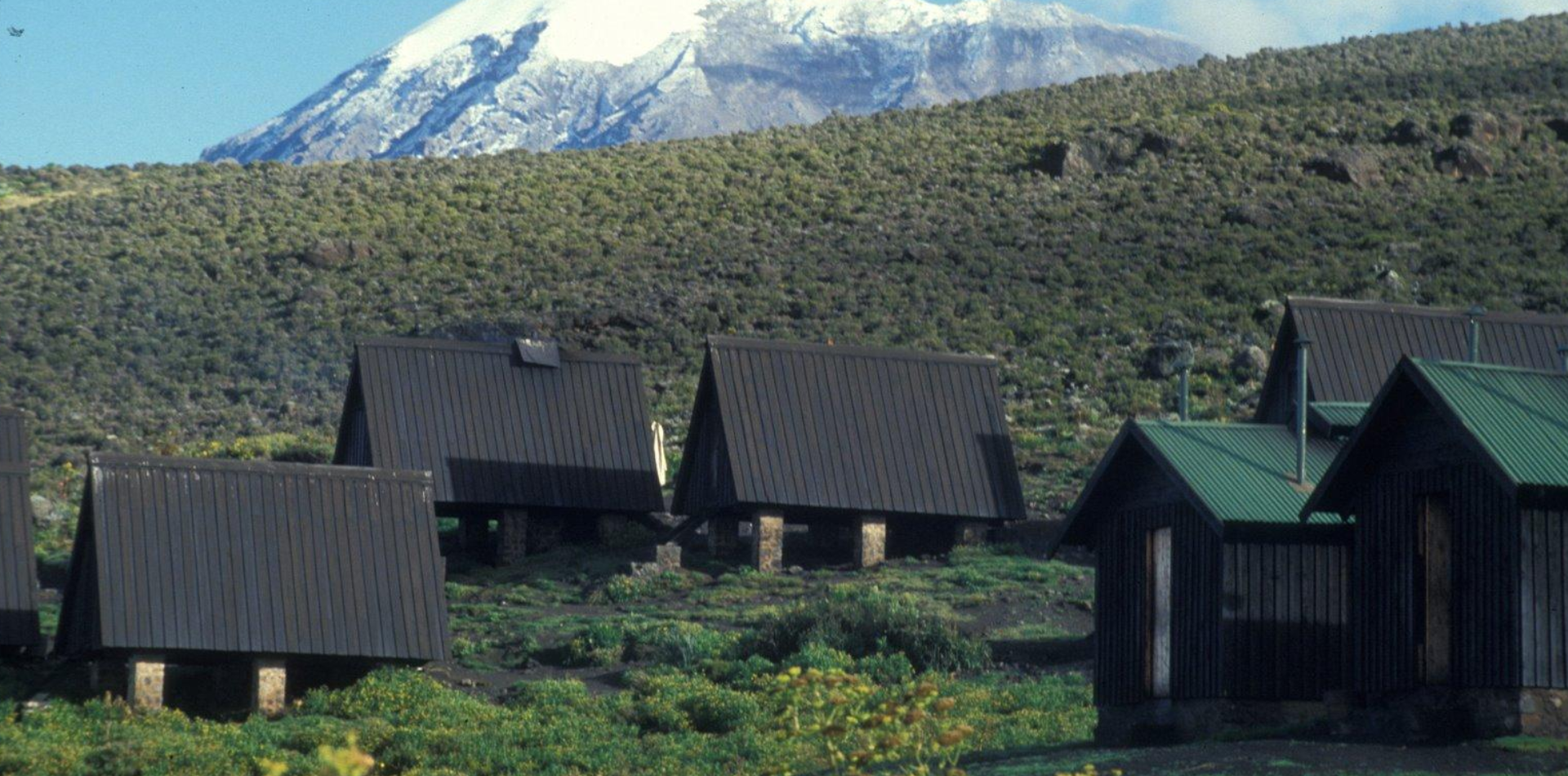
You leave the glades of the rainforest and follow an ascending path on the open moorlands to the Horombo encampment. Views of Mawenzi and the summit of Kibo are amazing. Look for giant lobelias and grounsels. You may begin to feel the affects of the altitude.
— Elevation: 2700m/8875ft to 3700m/12,200ft
— Distance: 12km/7.5mi
— Hiking Time: 5-6 hours
— Habitat: Heathland
Meals included: Breakfast, Lunch, Dinner
Budget Accommodations: Horombo Hut
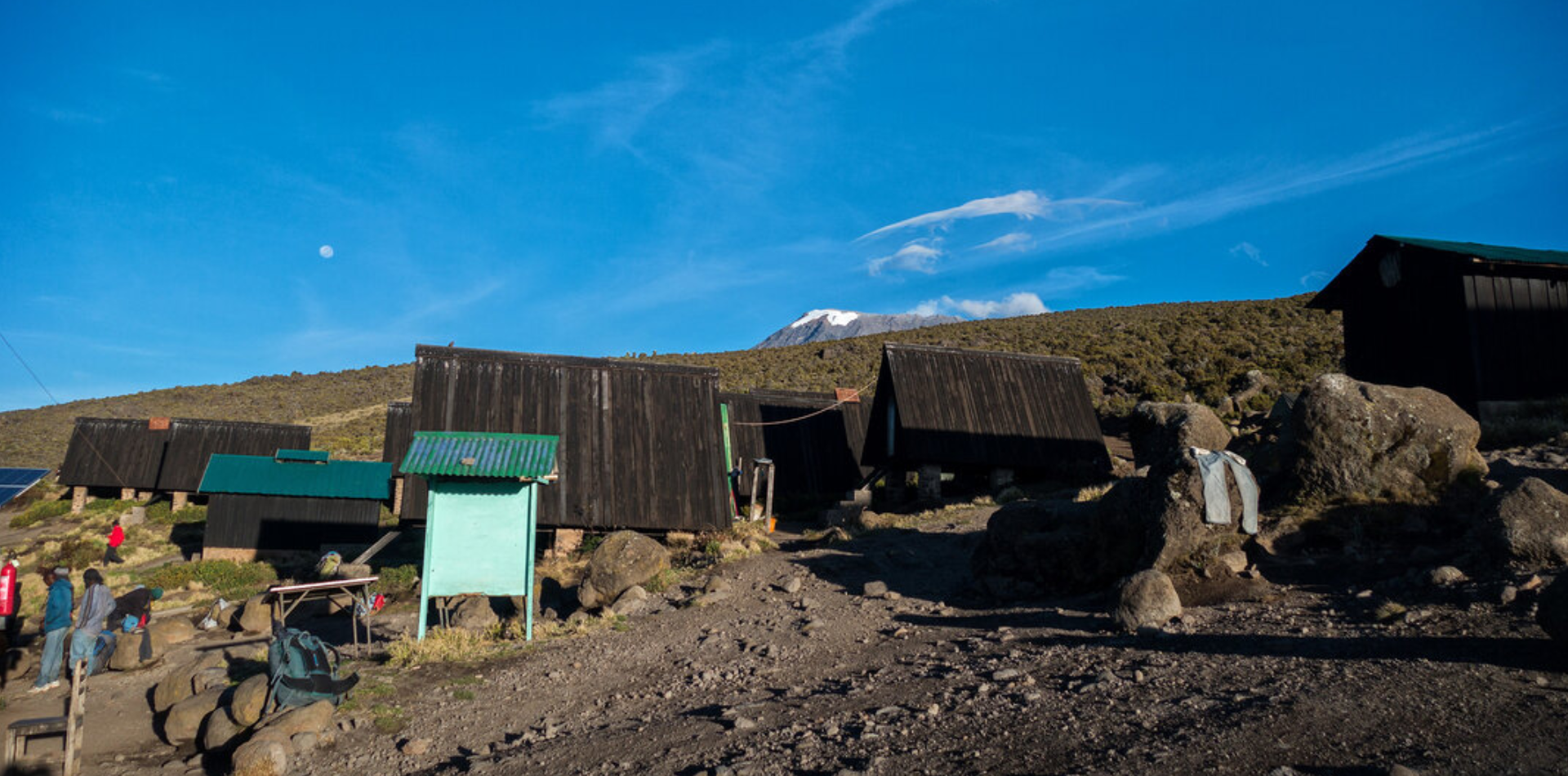
Rest day at Horombo Hut with optional hike by Mawenzi Peak.
Meals included: Breakfast, Lunch, Dinner
Budget Accommodations: Horombo Hut
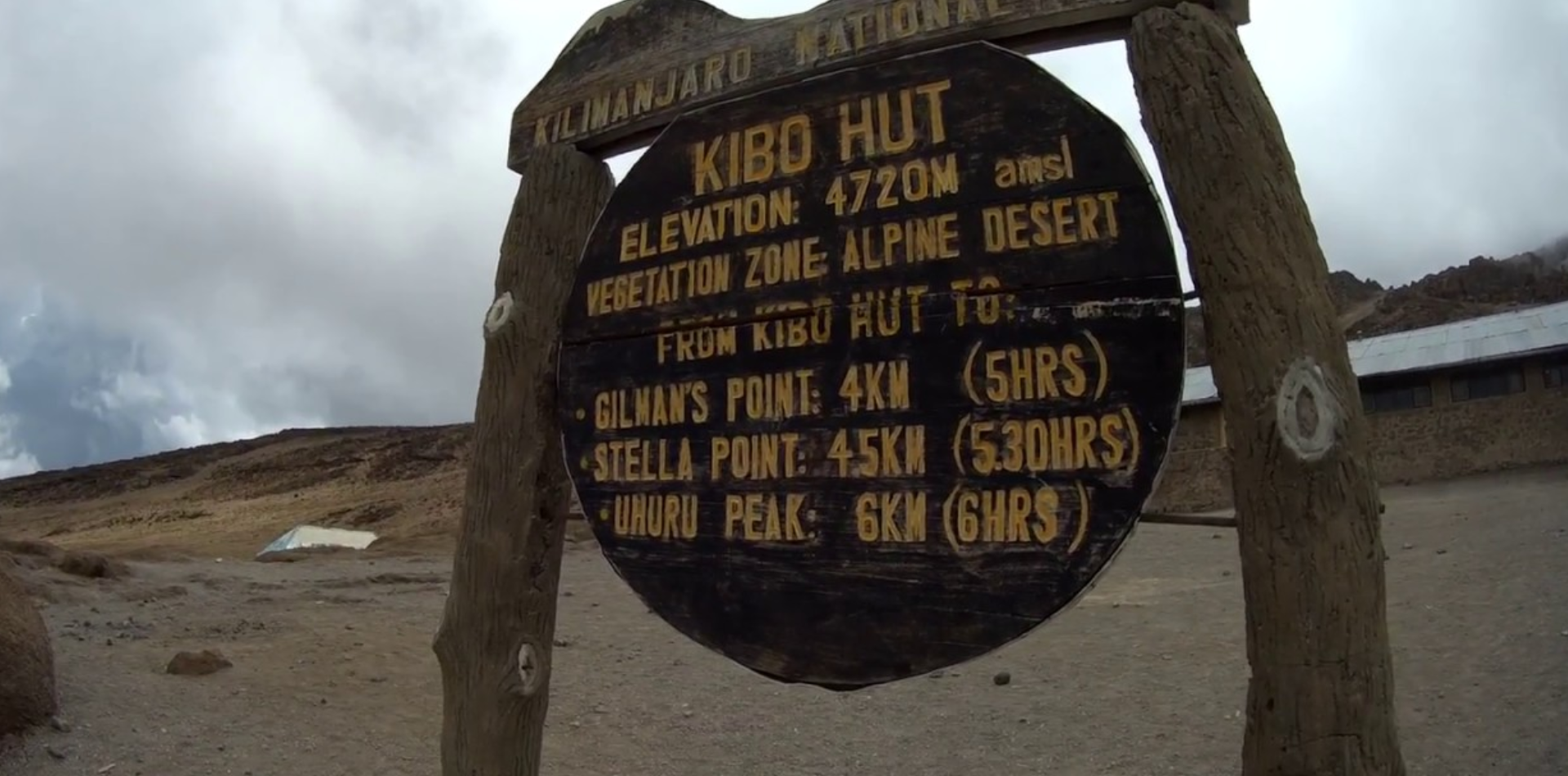
Ascending, we now pass the last watering point, walking onto the saddle of Kilimanjaro between the peaks of Kibo and Mawenzi. Vegetation begins with upper heathland but then disappears into “moonscape”. Dinner, rest, and prepare for summit climb.
— Elevation: 3700m/12,200ft to 4700m/15,500ft
— Distance: 9km/5.5mi
— Hiking Time: 5-6 hours
— Habitat: Alpine Desert
Meals included: Breakfast, Lunch, Dinner
Budget Accommodations: Kibo Hut
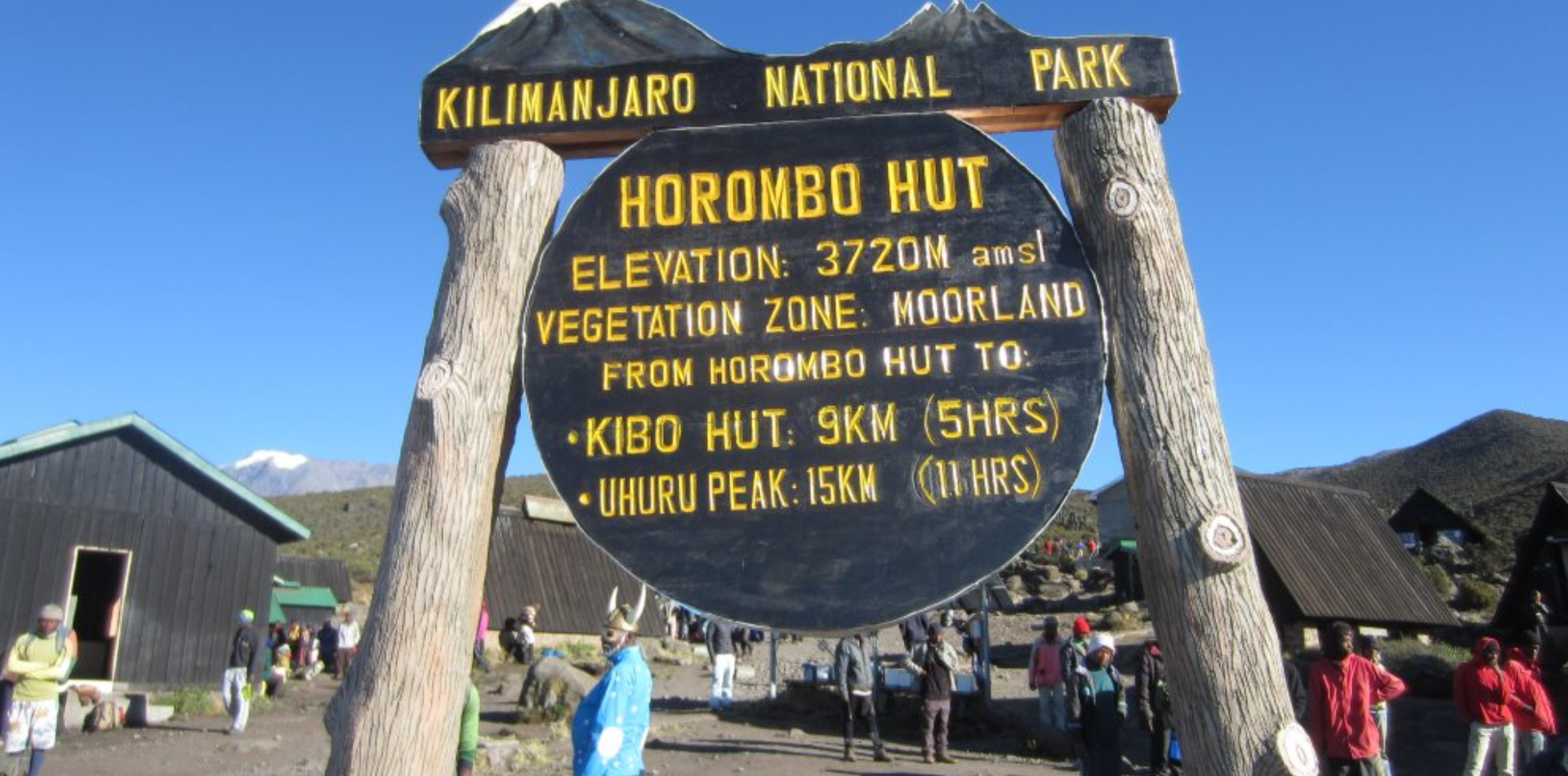
Very early in the morning (midnight to 2am), commence the climb to the summit on steep and heavy scree or snow up to Gilman’s point located on the crater rim. Continuing, we now ascend to Uhuru Peak, which is the highest point in Africa. There are unbelievable views at every turn. Have your picture taken at the summit to show your friends and family. From here we descend, stopping for lunch and a rest at Kibo before continuing on to the Horombo encampment. The beginning of this climb is done in the dark and requires headlamps or flashlights. It will be very cold until you start descending, so you will need all of your warm layers. This is by far the most difficult part of the trek with many switchbacks. Going slowly “pole pole” and an optimistic attitude will get you there!
— Elevation: 4700m/15,500ft to 5895m/19,340ft
— Down to 3700m/12,200ft
— Distance: 6km/4mi up / 15km/9mi down
— Hiking Time: 6-8 hours up / 15km/9mi down
— Habitat: Alpine Desert
Meals included: Breakfast, Lunch, Dinner
Budget Accommodations: Horombo Hut
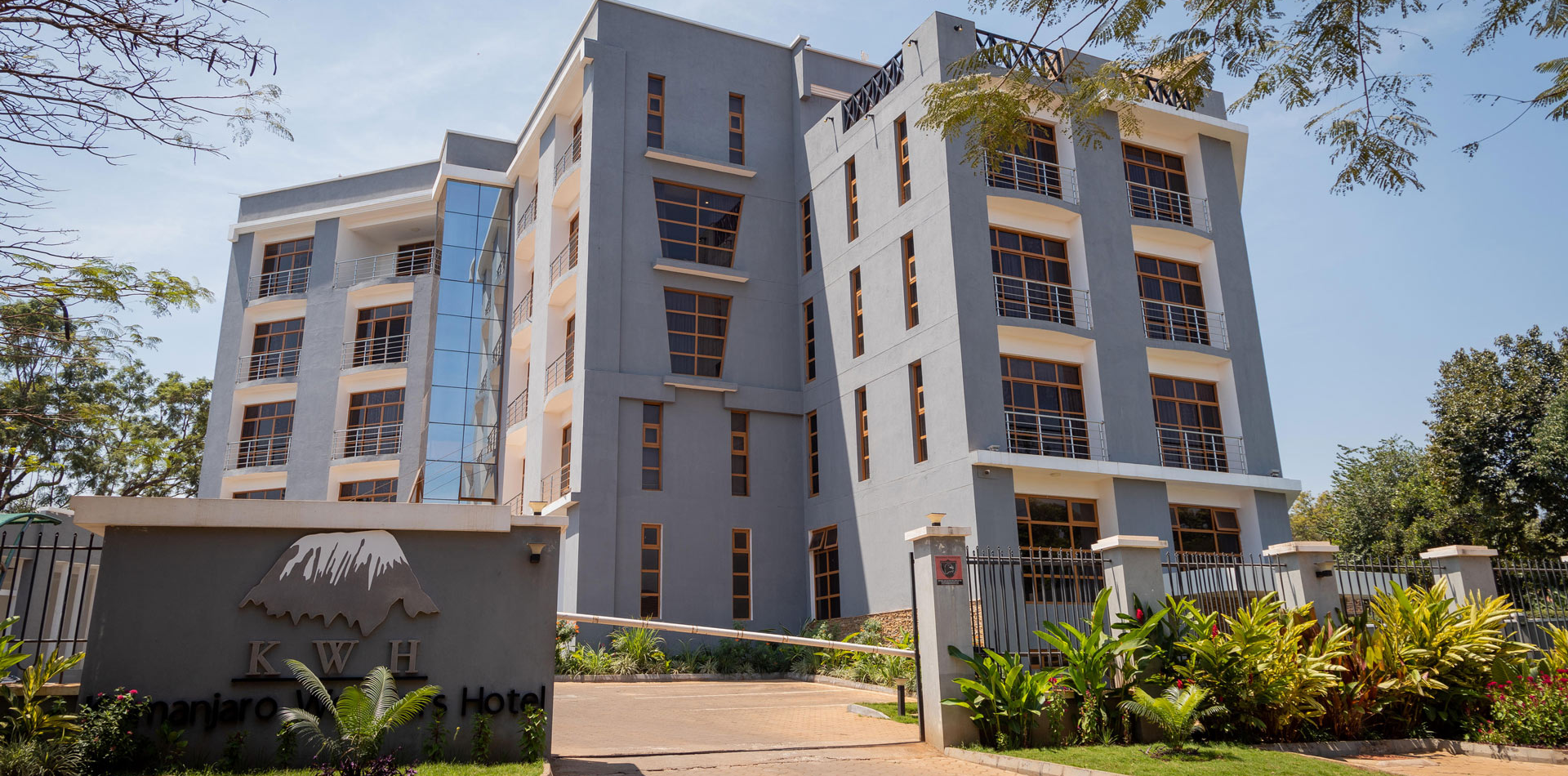
After breakfast, a steady descent takes us down through moorland to the Mandara Hut. Continue descending through lush forest path to the National Park gate at Marangu. At lower elevations, it can be wet and muddy. Gaiters and trekking poles will help. Shorts and t-shirts will probably be plenty to wear (keep rain gear and warmer clothing handy). A vehicle will meet you at Marangu village to drive you back to your hotel in Moshi (about 1 hour). Don’t forget to tip your guides and porters. It is time for celebration!
— Elevation: 3700m/12,200ft to 1700m/5500ft
— Distance: 20km/12.5mi
— Hiking Time: 4-5 hours
— Habitat: Forest
Meals included: Breakfast
Inclusions & Exclusions
- Pick-up and Drop-Off from the Airport.
- Meet And Greet Service.
- All Park Fees Collected by The Kilimanjaro National Park.
- 2 Nights in The Hotel.
- All Meals on The Hike.
- Hiking and Safety Equipment.
- Personal Gear Rentals Kilimanjaro Gear List.
- Mountain Guide and Porters.
- Transportation
- Enough treated & filtered drinking water throughout the trek.
- Government taxes.
- Ox meter
- Emergency first-aid kit.
- Airfare Tips for porters, Guide, Cook and Assistant Guide.
- Flights
- Visas
- Tips to the mountain staff.
- Meals other than breakfast while in Arusha or Moshi.
- Additional nights beyond the two standard hotel nights included.
- Hotel upgrade costs if you decide to request an alternative hotel to the standard.
- Items considered to be non-essential, such as alcohol, beverages, cigarettes, snacks, etc.
Tour Map
Tour Gallery
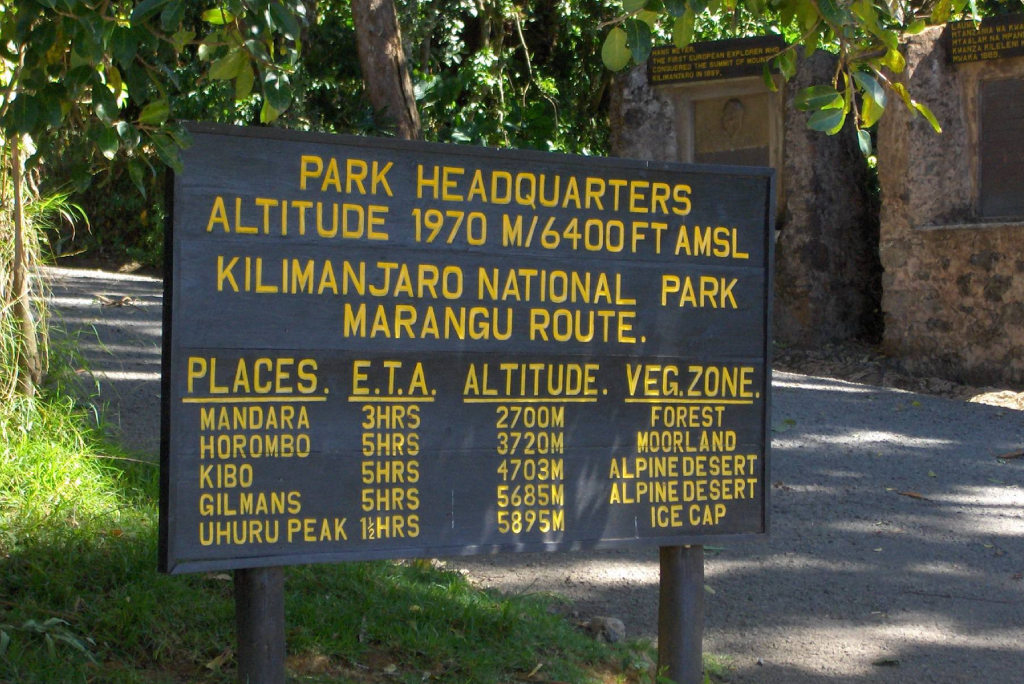
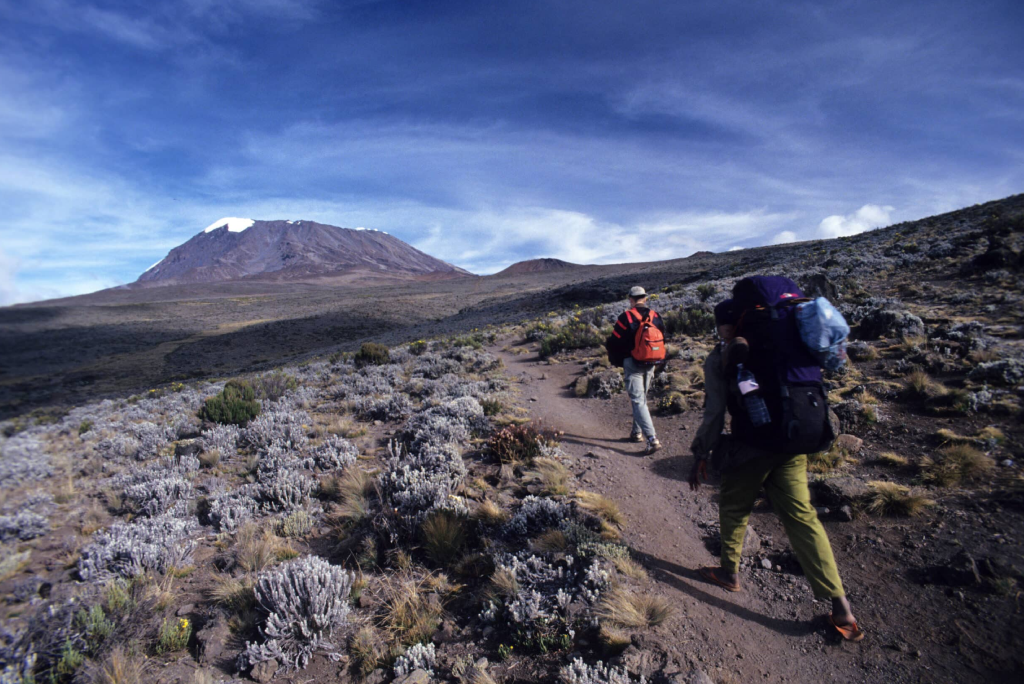
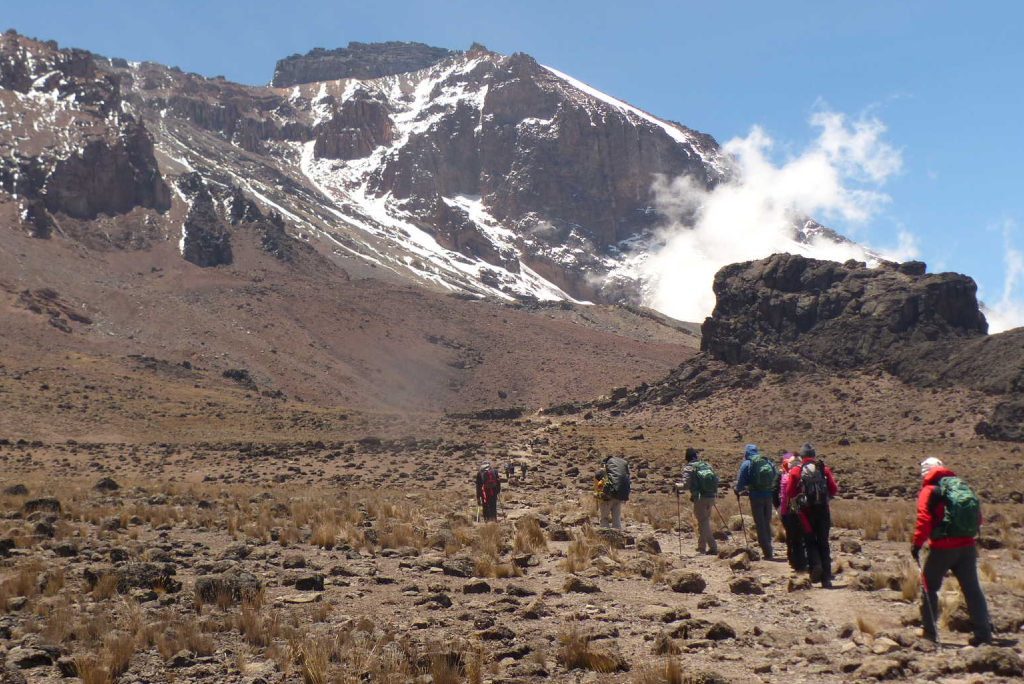
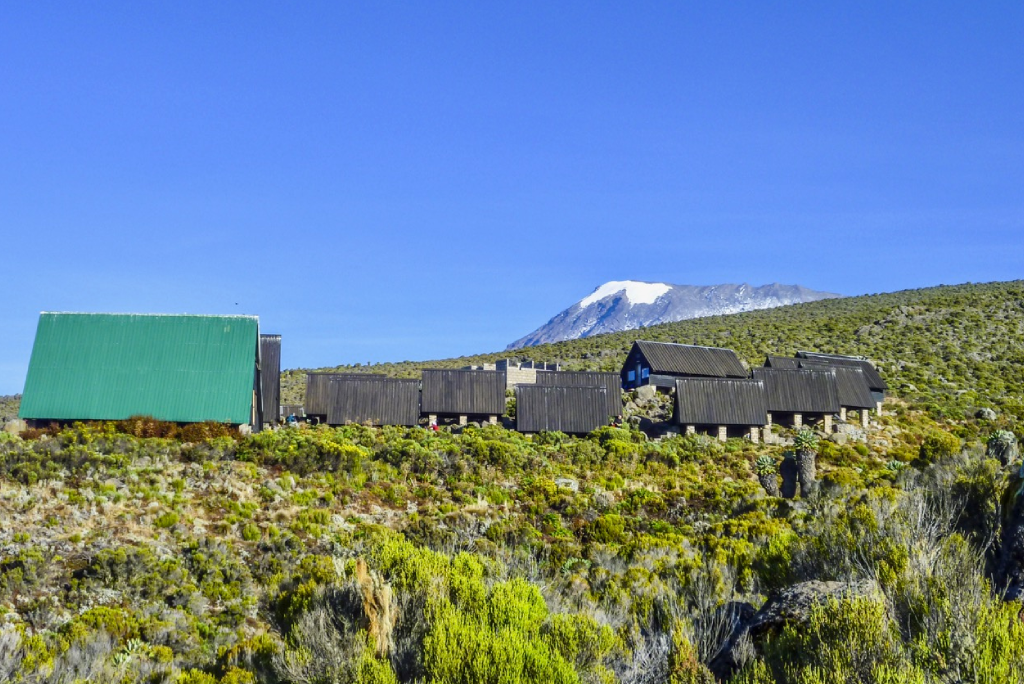
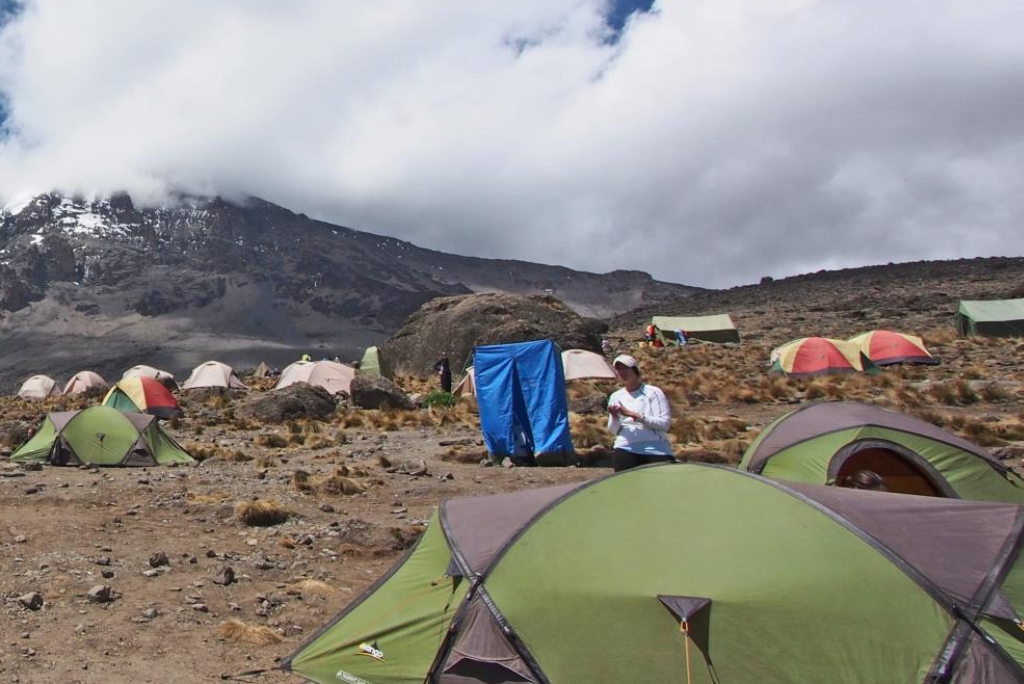
Related Mount Kilimanjaro Trekking
Given the off-road terrain that will be encountered, a bike that can adequately tackle this is also essential. A gravel bike is usually a popular option for bikepacking.
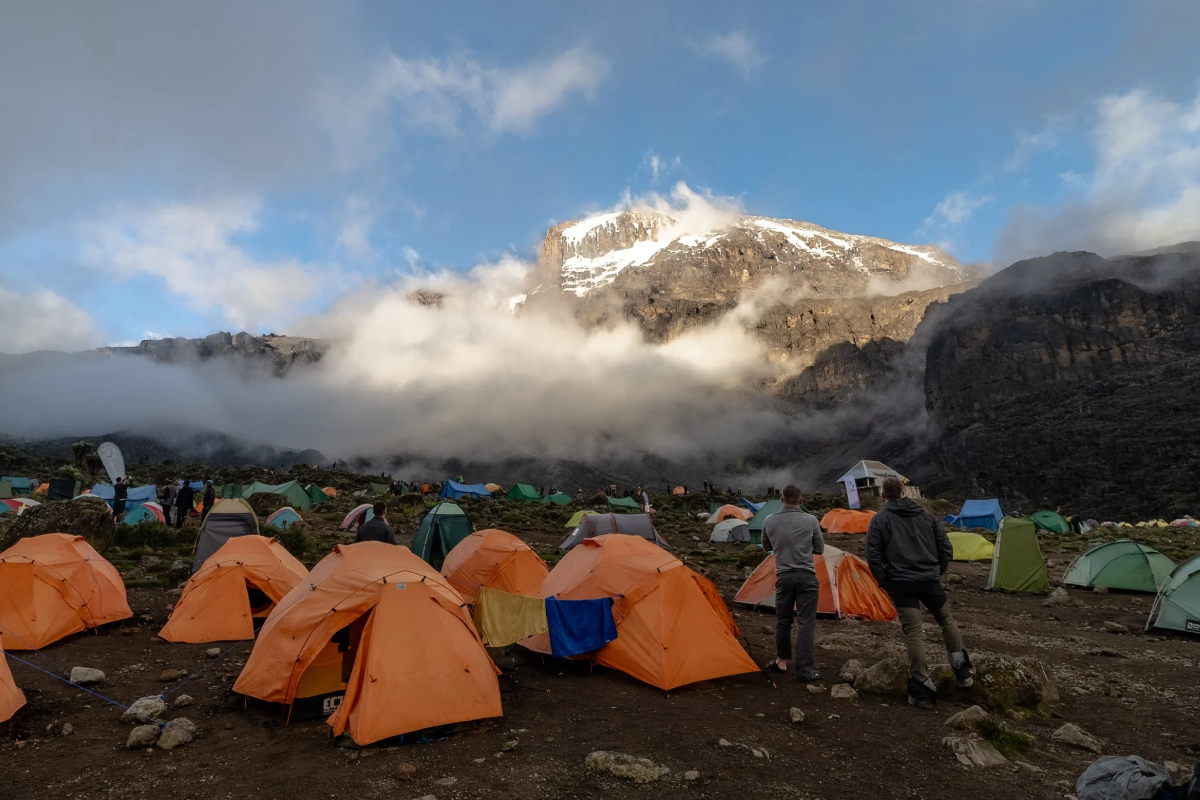
8 Days Lemosho Route
Embark on an 8-day Lemosho Route trek, traversing forests, plateaus, alpine deserts, and summiting Uhuru Peak with expert support.
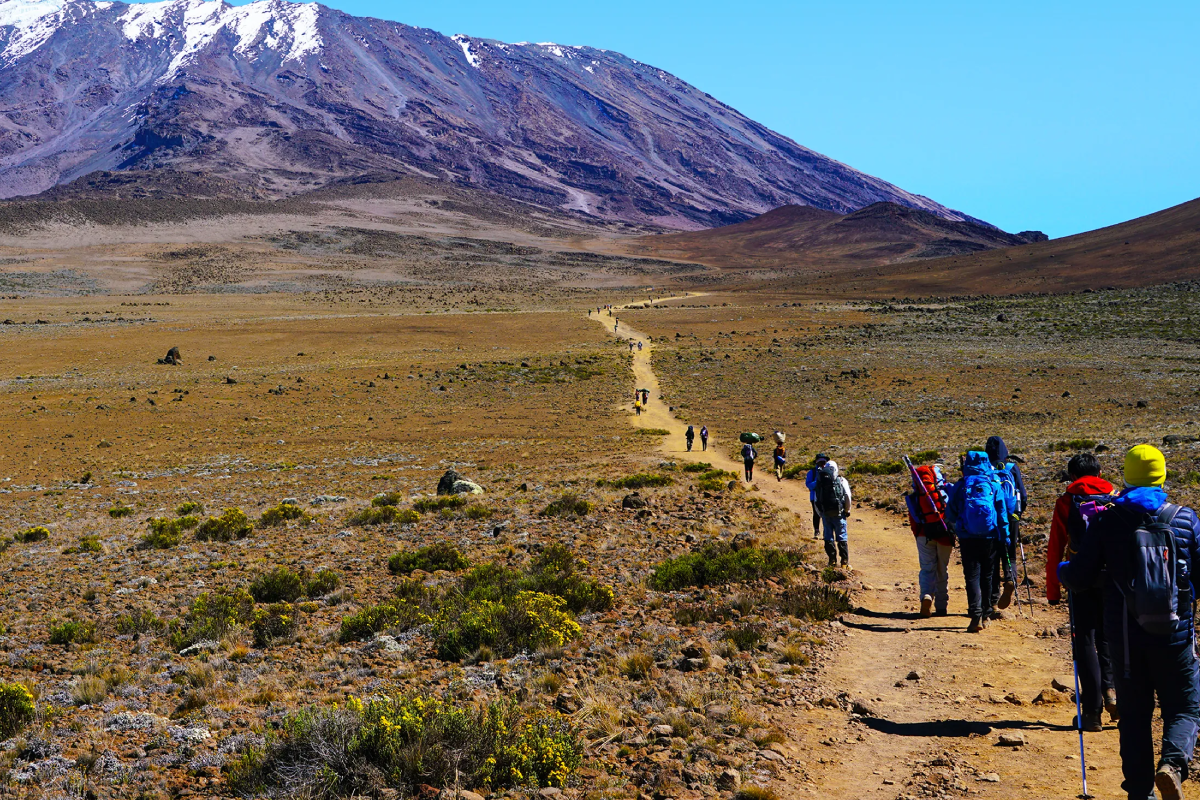
7 Days Machame Route
Trek Kilimanjaro’s 7-day Machame Route, crossing rainforests, moorlands, and glaciers, camping under stars, reaching Uhuru Peak with guided support.
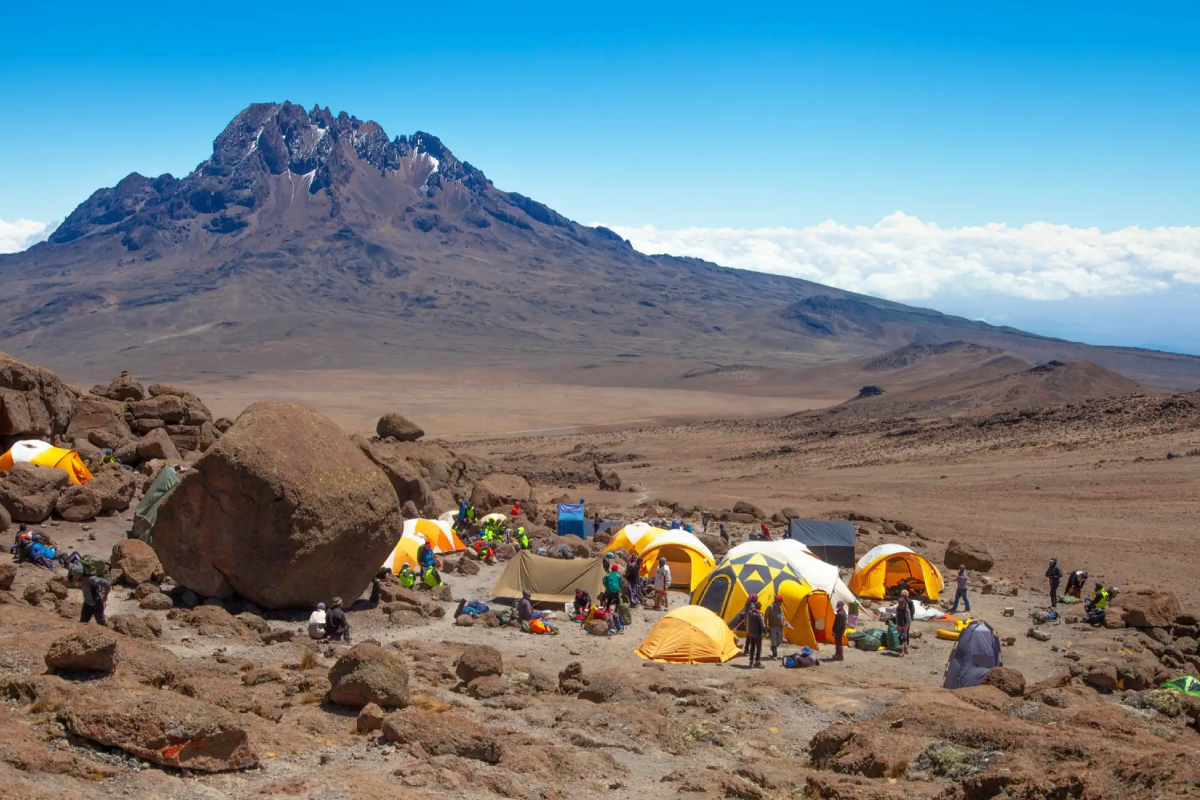
6 Days Rongai Route
Trek Kilimanjaro’s 6-day Rongai Route, ascending through rainforest, moorland, and alpine desert, summiting Uhuru Peak with expert guides and full support.
We make it easier for everyone to experience the world
Ready to explore Tanzania’s natural wonders? We’re here to help! Whether you’re planning a once-in-a-lifetime safari or a peaceful nature escape, our team makes travel easy and personal. Reach out today—let’s turn your dream of exploring Tanzania and beyond into reality. We make it easier for everyone to experience the world, one journey at a time. Contact us today!
Need I help? Talk to an Expert
+255767493713 +255690129757
Mountain Climbing FAQs
Discover essential information for climbing Tanzania’s iconic peaks—Mount Kilimanjaro, Mount Ol-Donyo Lengai, and Mount Meru. Learn about the best seasons, difficulty levels, required permits, gear recommendations, and safety tips. Whether you’re a first-time climber or experienced mountaineer, these FAQs provide guidance to help you prepare, stay safe, and make your mountain adventure unforgettable.
Climbing Kilimanjaro is challenging but achievable for fit individuals. It doesn't require technical skills, but altitude and endurance are key factors. Choosing a longer route improves acclimatization and success. Mental preparation, physical fitness, and proper gear make a big difference in your summit experience.
The best times are during dry seasons—January to March and June to October. These months offer clear skies, better trail conditions, and higher success rates. Avoid the rainy seasons for safety and comfort. Early booking is also advised due to route popularity.
Yes, Mount Meru is ideal for acclimatization before Kilimanjaro. It reaches 4,566 meters and offers great altitude training. The trek includes wildlife encounters and scenic ridges, preparing your body for Kilimanjaro’s higher elevation and reducing chances of altitude sickness significantly.
Yes, guided climbs are mandatory for both Kilimanjaro and Mount Meru. Guides ensure your safety, manage logistics, and provide expert support. Their local knowledge enhances your journey. On Mount Meru, park rangers accompany all trekkers due to wildlife presence in the area.
Ol Doinyo Lengai is the only active natrocarbonatite volcano in the world, revered by the Maasai as the “Mountain of God.” The steep climb is rewarded with unique lava flows, spiritual significance, and sunrise views over Lake Natron and the Great Rift Valley.
Altitude sickness can affect anyone above 2,500 meters. Symptoms include headache, nausea, and fatigue. To reduce risk, climb slowly, stay hydrated, and acclimatize properly. Longer itineraries on Kilimanjaro and a Mount Meru pre-climb significantly boost altitude adaptation and summit success.
You’ll need layered clothing, waterproof outerwear, sturdy hiking boots, sleeping gear (for Kilimanjaro and Meru), headlamp, trekking poles, and hydration packs. For Ol Doinyo Lengai, include lightweight but grippy footwear and breathable clothing due to its steep, dusty volcanic terrain.
What Customers Say About Us
